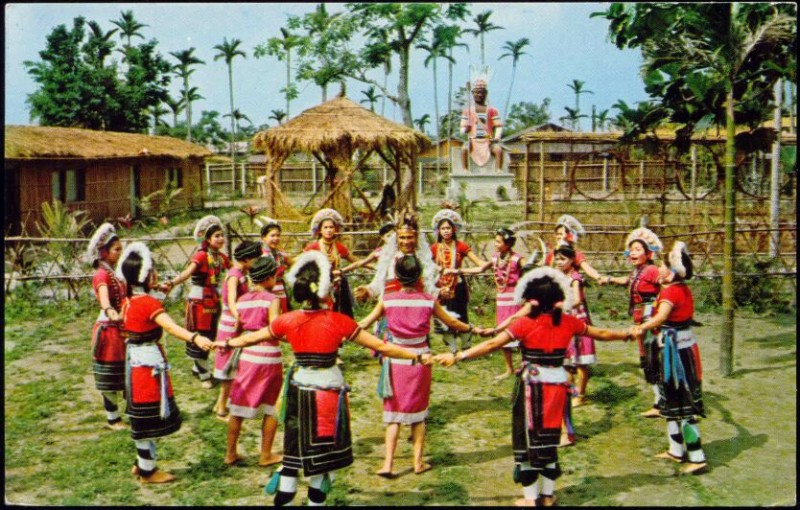Language is a very significant tool for researchers when trying to see how people in different parts of today’s world are linked to each other. Similarly, folk music can play a critical role in helping us understand the trends of human migration in the past. Researchers at Canada’s McMaster University have now undertaken a study of folk music to find out more.
As part of the study, researchers analyzed 220 songs from nine Taiwanese aboriginal, non-ethnical Chinese groups. While examining these songs, the researchers discerned their mutual similarities and differences based on the pitch and rhythm.
Some striking similarities helped the researchers conclude that many of these groups had originated at the same place and then later on, they migrated to other places. To further reaffirm this conclusion, the DNA of these different groups was cross-checked which did confirm that these groups were quite closely related to each other, even when they were remained isolated over the course of history.
The research also confirmed that such groups who are more closely similar in terms of the pitch and rhythm of their folk music, are more similar to each other in their genetic make-up. According to the lead researcher, Steven Brown, “We ‘re trying to add music as a new kind of evidence. The more kinds of things you can include in the story of humanity, the better off you are.”
Although genetic and linguistic studies are still a far better measure of tracking human migration patterns over the history of our race, analysis of music can be an additional anthorpological layer, further confirming the finds. This is precisely why the above-cited study is hailed by many as a significant milestone.
Courtesy: LiveScience
[ttjad keyword=”kindle”]



